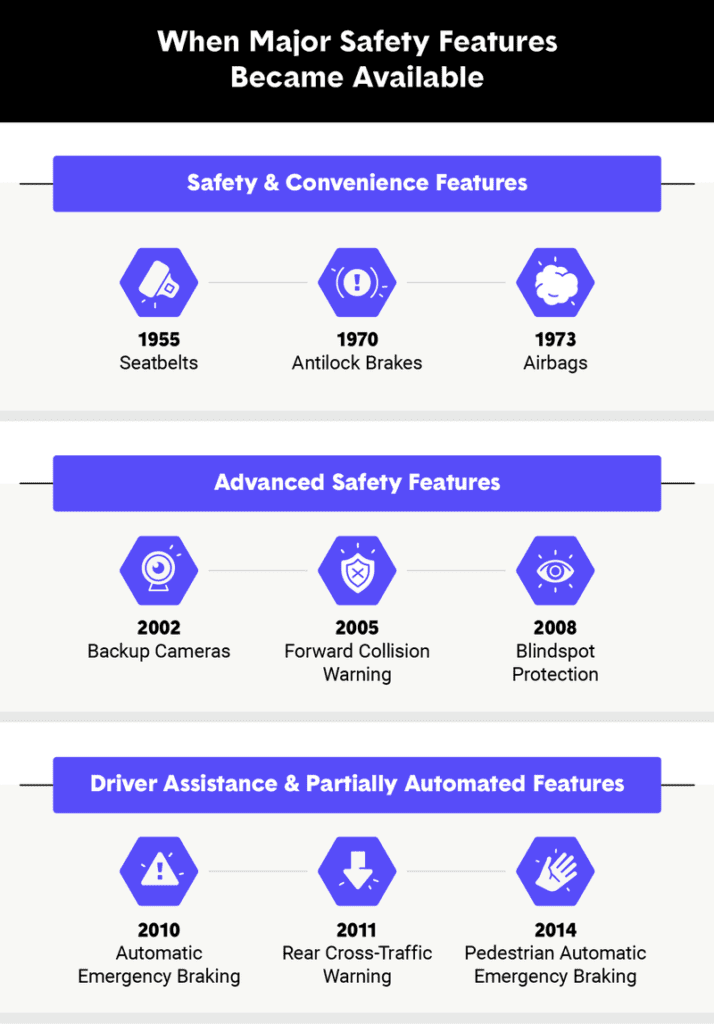Crashes involving distracted driving kill thousands of people every year. The statistics fluctuate very little. In fact, the National Highway Traffic Safety Administration (NHTSA) reported that from 2013 to 2017, distracted driving contributed to about 10 percent of all fatal crashes in the U.S. Clearly, our driving culture has not changed. Do we need our cars to pick up the slack and protect us when we’re inattentive? Some argue that autonomous car technology has the potential to improve safety.

According to an article in The Zebra, the nation’s leading insurance comparison site, autonomous tech is helping make cars safer. Advanced systems can “see” potential collisions and either warn the driver or take over to avoid them. These features include:
– Automatic emergency braking (AEB)
– Forward collision warning (FCW)
– Blind spot warning (BSW)
– Rear cross-traffic assist (RCTA)
– Lane departure warning (LDW)
– Lane keeping assist (LKA)
– Adaptive cruise control (ACC)
Is this tech actually making vehicles safer? The Zebra cites an Insurance Institute for Highway Safety (IIHS) study, which found that equipping cars with FCW and AEB reduced rear-end crashes by 39 percent. Further, Consumer Reports reports that 60 percent of surveyed drivers said their blind-spot warning system helped them avoid a crash.
When Will Autonomous Features Become Standard?
Unfortunately, the latest in car safety tech does not become standard overnight. The Zebra notes that with the advent of seatbelts, airbags and antilock brakes, they did not become standard instantaneously. Similarly, we will not likely see autonomous features in every car for a while. The average vehicle on the road today is over 11 years old. In addition, many cars currently feature autonomous tech as a luxury item — one that the average driver might pass up when shopping.
Of course, requiring safety features by law would help ensure all drivers have access to them. The Zebra points out that it’s likely the NHTSA will eventually add autonomous tech to its safety standards, but there’s no way to know when. However, many automakers plan to equip all new passenger vehicles with AEB by 2022. The IIHS estimates this commitment could prevent thousands of crashes and injuries by 2025.
Preventing Distracted Driving
Depending on our cars to prevent collisions is not enough. As we continue to speak with young people about the dangers of distracted driving, it is our hope that newer drivers will build better habits than those before them. So, while autonomous features will still be there to protect all of us one day, they won’t be our first line of defense against distracted driving.





